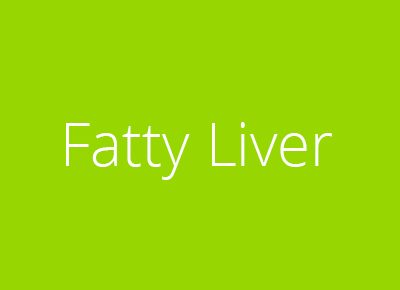What is it?
Fatty liver is the build-up of fat in the liver cells, and typically occurs when an individual eats a high fat diet, has uncontrolled diabetes mellitus, uncontrolled cholesterol, or heavy alcohol use, pregnancy, and medication use (corticosteroids). Fatty liver leads to inflammation of the liver, which can cause scarring and hardening of the liver. Extensive hardening is otherwise known as cirrhosis.
What are the symptoms?
No symptoms are noted, but on bloodwork, the patient’s liver enzymes are usually mildly elevated.
How is it diagnosed?
Fatty liver disease can be noted on ultrasound of the liver and further assessed via a Fibroscan. A fibroscan is a machine that assesses the amount of fat formation on the liver as well as the amount of fibrosis noted on the liver. A definitive diagnosis of fatty liver disease may be done via a liver biopsy, where a small amount of tissue is removed via a needle inserted into the liver and then examined under a microscope.
How is it treated?
Treatment of fatty liver requires controlling the various conditions that cause nonalcoholic fatty liver disease. This includes decreasing cholesterol, controlling sugar levels, decreasing alcohol intake, diet modification, and increasing the amount of exercise completed.
Are there any complications?
Steatohepatitis, accumulation of fat on the liver, is a sign of worsening liver damage. It occurs frequently in people who are significantly overweight and have uncontrolled DM and HLD.
